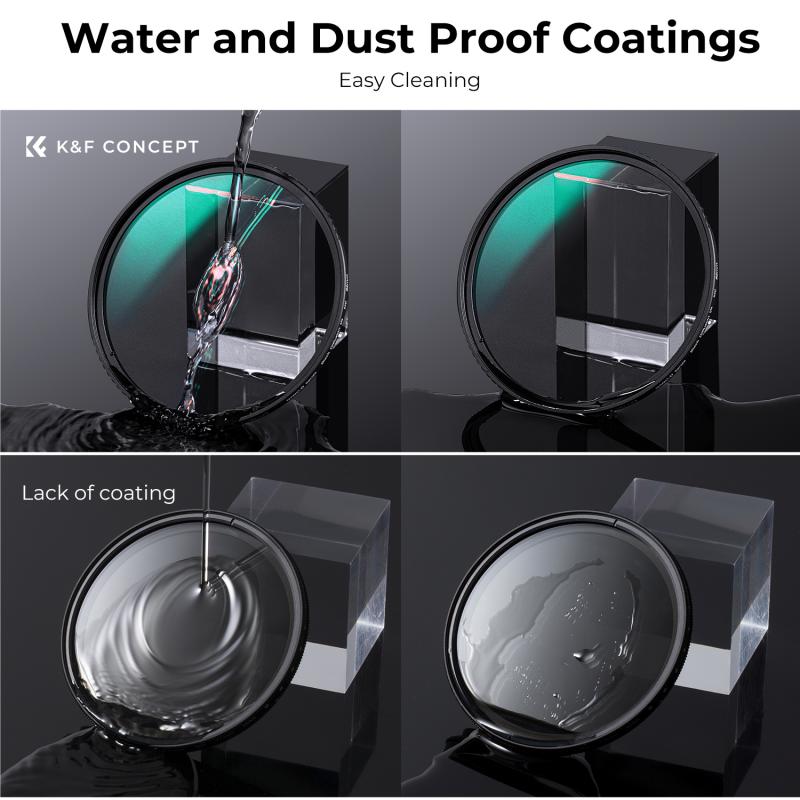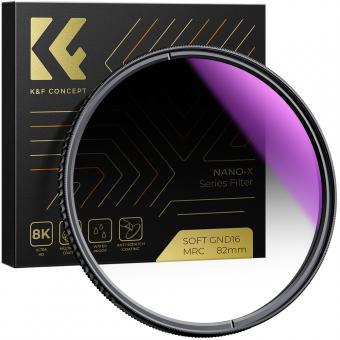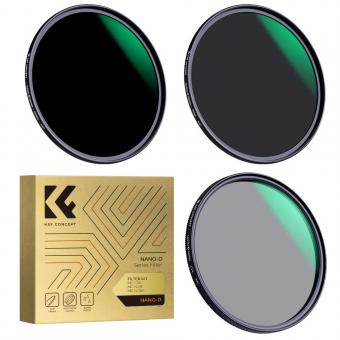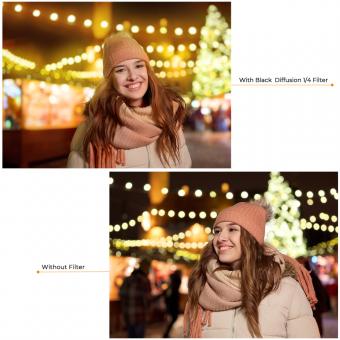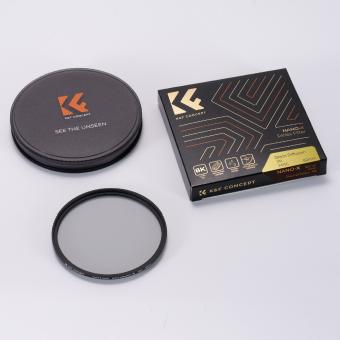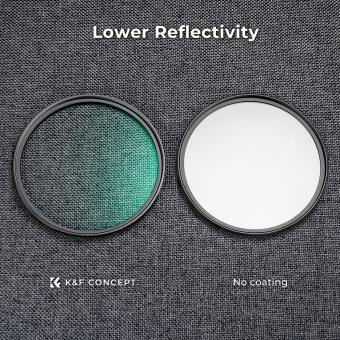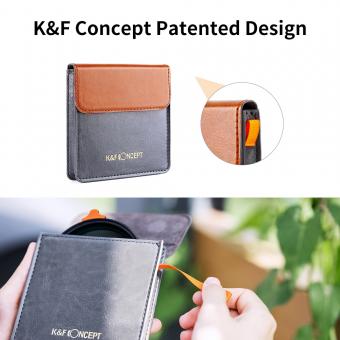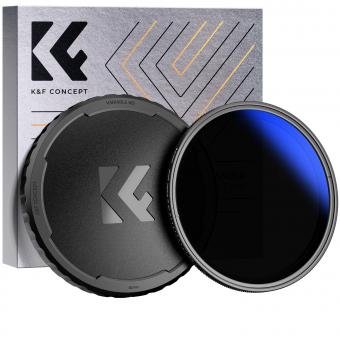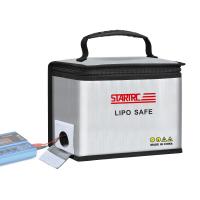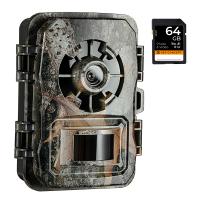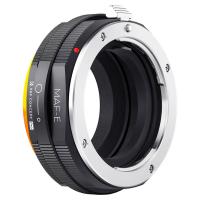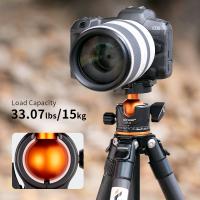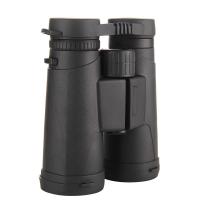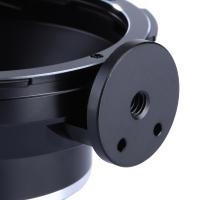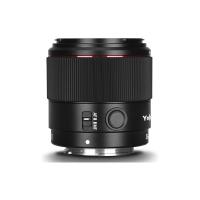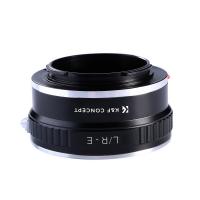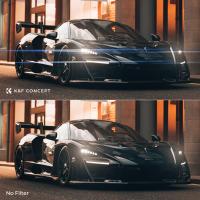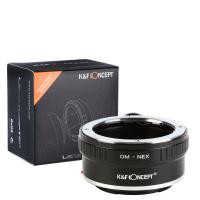What Graduated Neutral Density Filter To Buy ?
The choice of a graduated neutral density filter depends on your specific needs and preferences. Some popular options include the Lee Filters Graduated Neutral Density Filters, Singh-Ray Graduated Neutral Density Filters, and Haida NanoPro Graduated Neutral Density Filters. It is recommended to consider factors such as filter size, filter density, and filter material when making your decision. Additionally, reading reviews and comparing prices can help you make an informed choice.
1、 Types of graduated neutral density filters available in the market
When it comes to choosing a graduated neutral density (ND) filter, there are several options available in the market. These filters are designed to balance the exposure between the bright and dark areas of a scene, particularly when dealing with high contrast situations such as landscapes with a bright sky and darker foreground.
One popular type of graduated ND filter is the square or rectangular filter. These filters are typically made of high-quality optical glass and come in various densities, allowing photographers to choose the level of light reduction they need. The advantage of square filters is that they can be easily adjusted and positioned within a filter holder, providing flexibility in composition.
Another type is the circular graduated ND filter, which is attached directly to the lens. These filters have a gradient that transitions from dark to clear, allowing for precise control over the exposure. Circular filters are often more compact and convenient to use, especially for photographers who prefer a lightweight setup.
In recent years, there has been a rise in the popularity of magnetic graduated ND filters. These filters use a magnetic attachment system, eliminating the need for a filter holder. They are quick and easy to use, making them a great option for photographers who want to streamline their workflow.
When choosing a graduated ND filter, it is important to consider factors such as the filter's density, size, and compatibility with your lens diameter. Additionally, the quality of the filter's optics should be taken into account to ensure minimal color cast and maximum image sharpness.
Ultimately, the choice of graduated ND filter depends on personal preference, shooting style, and budget. It is recommended to research and read reviews to find the best option that suits your specific needs.
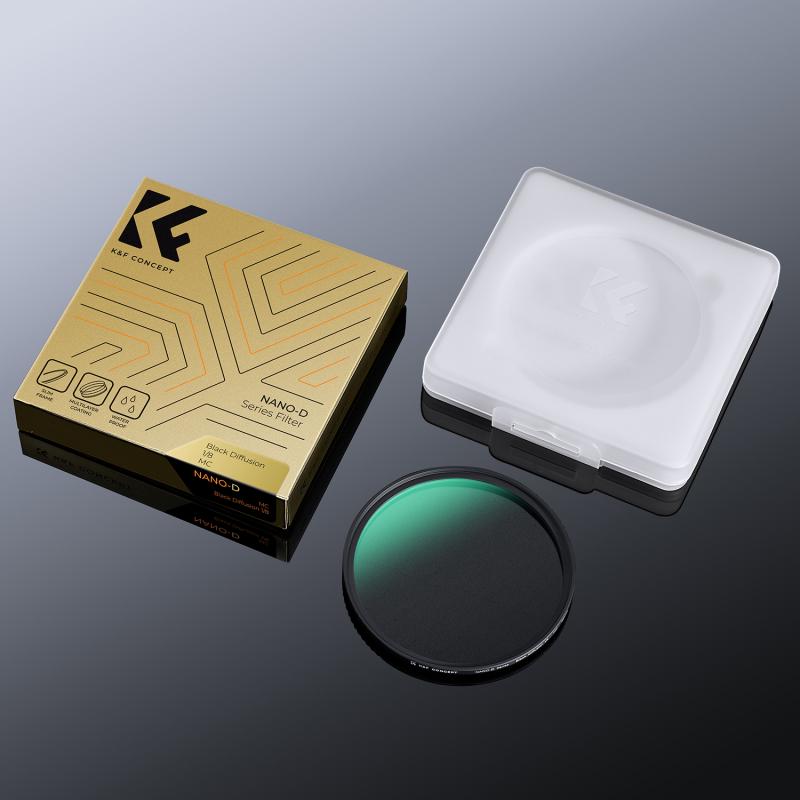
2、 Factors to consider when choosing a graduated neutral density filter
Factors to consider when choosing a graduated neutral density filter include the type of photography you engage in, the strength of the filter, the size of the filter, and the quality of the filter.
Firstly, consider the type of photography you primarily engage in. Different types of photography may require different types of graduated neutral density filters. For landscape photography, a filter with a soft transition may be more suitable, while for architectural photography, a filter with a hard transition may be preferred.
Secondly, the strength of the filter is an important factor to consider. Graduated neutral density filters come in various strengths, typically measured in stops. The strength you choose will depend on the amount of light you need to balance in your composition. It is advisable to have a range of strengths to cater to different lighting conditions.
Thirdly, consider the size of the filter. Graduated neutral density filters come in different sizes to fit different lens diameters. Ensure that the filter you choose is compatible with your lenses or invest in a filter system that allows for adaptability across different lenses.
Lastly, the quality of the filter is crucial. Look for filters made from high-quality materials that minimize color cast and maintain image sharpness. Consider filters with multi-coating to reduce reflections and improve light transmission.
In recent years, advancements in technology have led to the development of digital post-processing techniques that can mimic the effects of graduated neutral density filters. This has led some photographers to question the necessity of investing in physical filters. However, it is important to note that using physical filters in-camera can save time and effort in post-processing, especially when dealing with high dynamic range scenes.
Ultimately, the choice of a graduated neutral density filter will depend on your specific needs and preferences as a photographer. It is advisable to research and read reviews to find the best filter that suits your requirements.
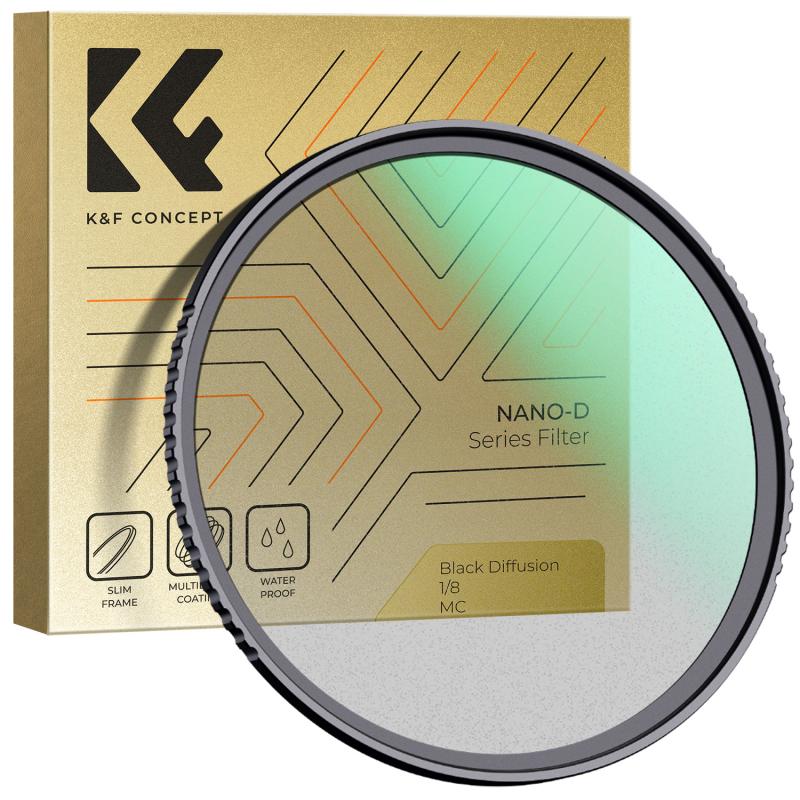
3、 Understanding the different strengths and densities of filters
When it comes to choosing the right graduated neutral density (ND) filter, understanding the different strengths and densities available is crucial. Graduated ND filters are designed to balance the exposure between the bright and dark areas of a scene, particularly when dealing with high contrast situations such as landscapes with a bright sky and darker foreground.
The strength of a graduated ND filter refers to the amount of light it blocks. Common strengths include 1-stop, 2-stop, and 3-stop filters, with each stop representing a halving of the amount of light passing through the filter. The density of the filter refers to the transition from the dark to clear area of the filter. Some filters have a hard transition, which is a sharp line between the dark and clear areas, while others have a soft transition, which provides a more gradual blending effect.
The choice of filter strength and density depends on the specific scene and the desired effect. For example, a 1-stop filter may be sufficient for a scene with a moderate contrast, while a 3-stop filter may be necessary for a scene with a significant difference in brightness between the sky and foreground.
It is important to note that the latest point of view in the photography community is leaning towards using post-processing techniques to achieve similar effects as graduated ND filters. With advancements in software and editing techniques, photographers can now selectively adjust the exposure and balance the brightness in different areas of an image. This allows for more flexibility and control in achieving the desired result without the need for physical filters.
Ultimately, the decision to invest in graduated ND filters depends on personal preference and shooting style. If you prefer to achieve the desired effect in-camera and minimize post-processing, then investing in a set of graduated ND filters can be beneficial. However, if you are comfortable with post-processing techniques and prefer the flexibility they offer, then you may opt to forgo physical filters and rely on software adjustments instead.
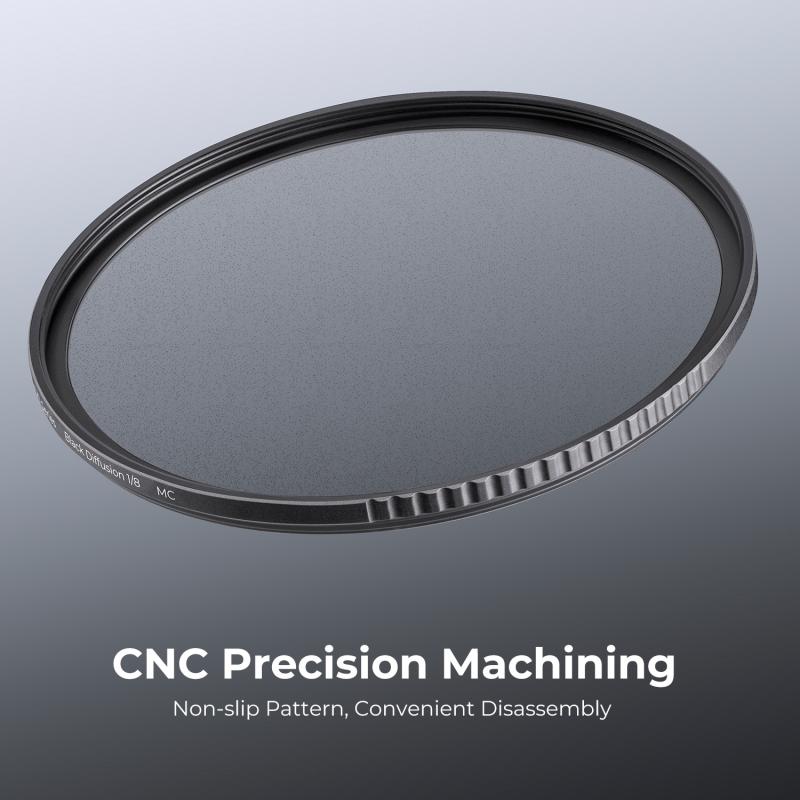
4、 Comparing the pros and cons of various filter brands
When it comes to choosing a graduated neutral density (ND) filter, there are several factors to consider. One of the most important aspects is the brand of the filter. Different brands offer varying levels of quality, durability, and performance. Let's compare the pros and cons of various filter brands to help you make an informed decision.
One popular brand is Lee Filters. They are known for their high-quality glass filters that provide excellent color accuracy and minimal distortion. Lee Filters also offer a wide range of filter sizes and densities, allowing for greater flexibility in capturing different lighting conditions. However, their filters can be quite expensive compared to other brands.
Another well-regarded brand is Singh-Ray. They are known for their handcrafted filters that deliver exceptional image quality. Singh-Ray filters are made from high-quality resin or glass and are known for their durability. However, they have a limited range of filter sizes and densities compared to other brands.
Formatt-Hitech is another brand worth considering. They offer a wide range of filter sizes and densities, including some unique options like reverse graduated ND filters. Formatt-Hitech filters are known for their excellent color accuracy and minimal color cast. However, some users have reported issues with durability and filter coating quality.
The latest point of view suggests that NiSi Filters is gaining popularity among photographers. They offer high-quality glass filters with excellent color accuracy and minimal distortion. NiSi Filters also provide a wide range of filter sizes and densities, including some innovative options like their Nano IR GND filters. Additionally, they have a reputation for good customer service. However, their filters can be quite expensive compared to other brands.
Ultimately, the choice of which graduated ND filter to buy depends on your specific needs and budget. Consider factors such as image quality, durability, range of options, and price when making your decision.
